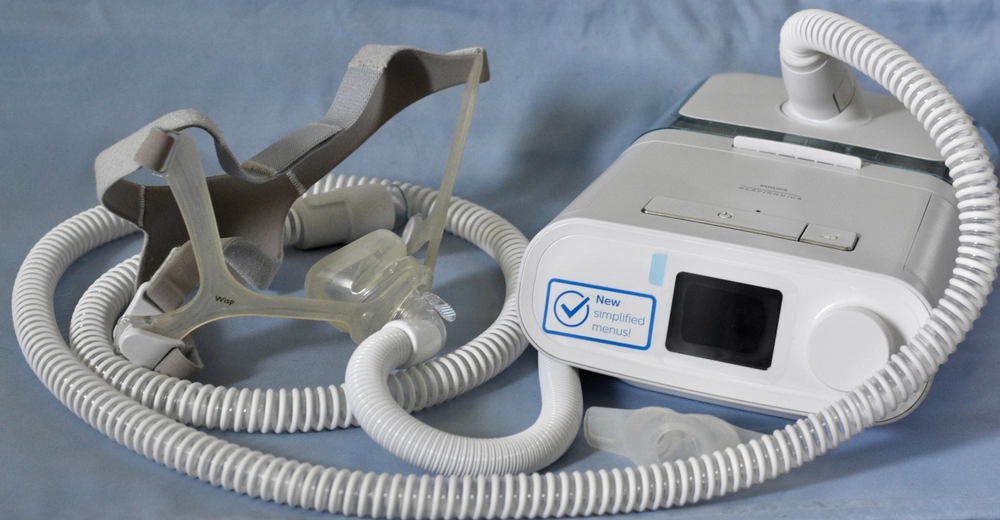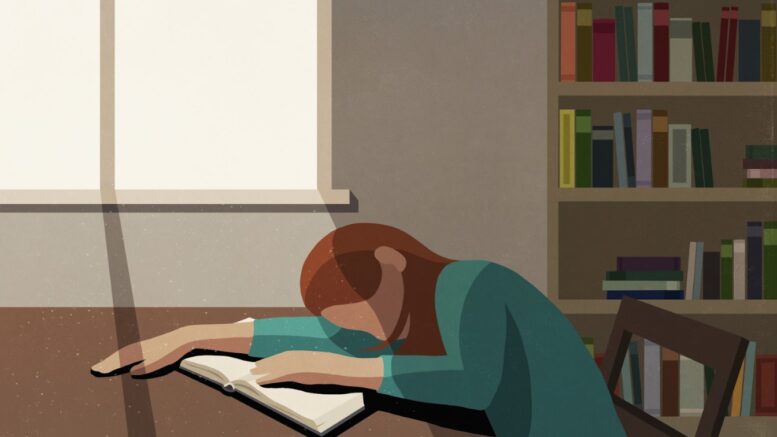Sleep apnea is when a person’s breathing stops for a couple of seconds or so while they sleep. Scary, right? This condition results in lower levels of oxygen in the blood and causes sleepers to awaken time and again during the night.
Sites like sleepundercover.com have a full lowdown on this disorder, but you can get a brief intro on the disorder and its causes by reading about it.
Types of Sleep Apnea
There are two: obstructive sleep apnea and central sleep apnea. The former occurs because of a problem with breathing mechanics. On the other hand, the latter doesn’t know concern mechanics; it happens because of the lack of signals from the brain to breathe.
Thus, you awake in the middle of the night because of the brief lack of oxygen.
CSA Causes
Central sleep apnea is baffling in that doctors can never truly figure out the root cause of the condition in most cases. That’s why it is characterized as idiopathic by medical professionals.
In cases where the cause can be determined, it’s usually because of an environmental factor, medication, or another illness.
Some illnesses that can lead to CSA include heart failure, kidney failure, and stroke. Specifically, these can all result in CSB-CSA or central sleep apnea with the distinct Cheyne-Stokes breathing pattern.
That said, other heart and kidney conditions can also lead to non-CSB CSA.
High-altitude central sleep apnea happens when one is at a very high altitude (15,000 feet or more). However, you usually recover from it upon returning to lower altitudes.
On the medications side, the usual CSA culprits are opiates such as fentanyl or hydrocodone. Adjusting your medication may be helpful in this case, but make sure to have your doctor do it.
Other causes of CSA, especially in children, are:
- Cerebral palsy
- Head injury
- Premature birth
- Smoking during pregnancy
- Brain tumors
- Skull problems (particularly the brain stem or base of the skull)
OSA Causes
Weight and obesity are typically the main causes of OSA or obstructive sleep apnea in adults. This type of sleep apnea is associated with the mouth and throat muscles. When the tongue and throat relax too much, the airways in these areas can become blocked.
More than 50 percent of people with OSA are either obese or overweight. Weight gain can increase one’s risk of this type of sleep apnea by 600 percent, though that figure should decrease after the age of 60.
An increase in neck size can be an indication of obesity. Men and women with neck circumferences above 17 and 15 inches, respectively, have a higher chance of getting OSA.
Other risk factors for OSA include but are not limited to:
- Hypothyroidism
- Substance abuse (alcohol and drugs)
- Allergies
- Smoking
- Nose structure problems (deviated septum)
- Congested upper airways
Obstructive sleep apnea in children often manifests in the form of dental conditions or enlarged tonsils. Less common manifestations include growth in airways and birth defects.

Down syndrome can result in the enlargement of the tonsils, tongue, and adenoids. Additionally, the upper airways tend to have less muscle tone.
Pierre-Robin syndrome is characterized by a smaller lower jaw and a tongue that curls to the back of the throat. While obesity or weight gain in children may lead to OSA, it’s less likely to lead to the condition than in adult obesity.
When left untreated, obstructive sleep apnea can potentially lead to serious complications. In some cases, it may even lead to death.
Thus, if you notice signs and symptoms of the condition, it is imperative to schedule a checkup with your doctor immediately.
Sleep Apnea Demographics
About four to nine percent of middle-aged adults are believed to have undiagnosed and untreated OSA. Additionally, it is thought that around 10 percent of those aged 65 and above have the disorder. Aging can impact how the brain sends signals to throat muscles to stiffen during sleep to prevent any type of brief blockage.
OSA is also more statistically prevalent in men than women. That said, women are likely to have it if they are pregnant or in menopause. Thus, the gender gap narrows the older the age, as that would be around the time women reach menopause.
Women in postmenopause who undergo hormone replacement therapy are a lot less likely to get OSA than women who don’t. This suggests that hormones like estrogen and progesterone may protect against the disorder.
That said, using hormone replacement as a remedy or preventative measure is advisable, as it may lead to other health concerns.
Family history may also increase your risk of getting obstructive sleep apnea. If you have relatives with the condition, there is at least a 25 percent chance that you could develop it.
Conclusion
Sleep apnea in both its forms is not to be taken lightly. Whether or not yours is a serious case, it’s important to go see your doctor at the first signs of the disorder. That way, you can take the necessary steps to address and treat the condition and, thus, prevent it from leading to serious consequences.
